1200+
attendees
150
speakers
300
merchants
73
sponsors & exhibitors
It felt good to be together again.
We truly hope you left Berlin full of inspiration, knowledge, and new experience.

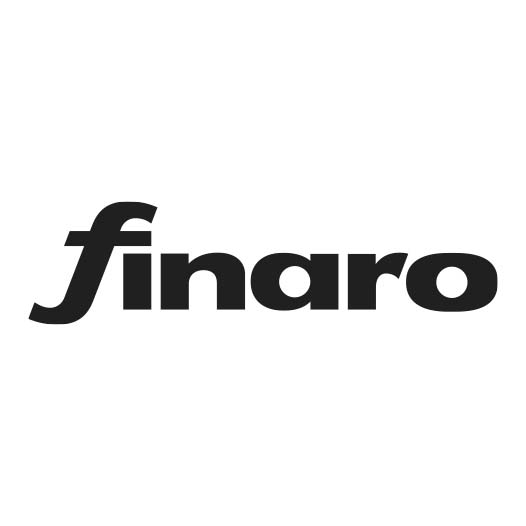

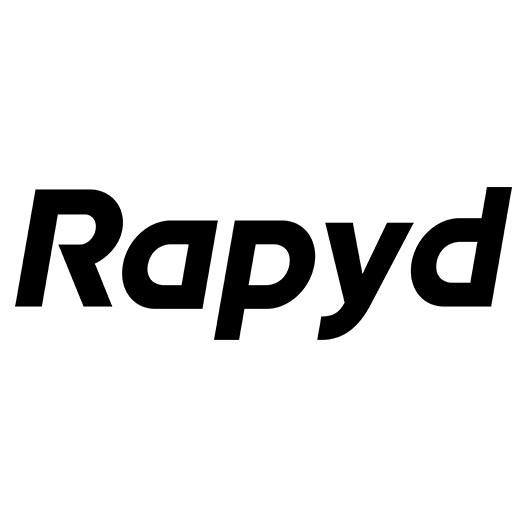
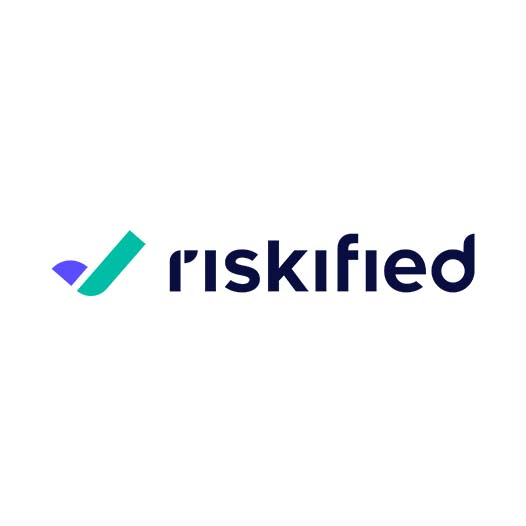
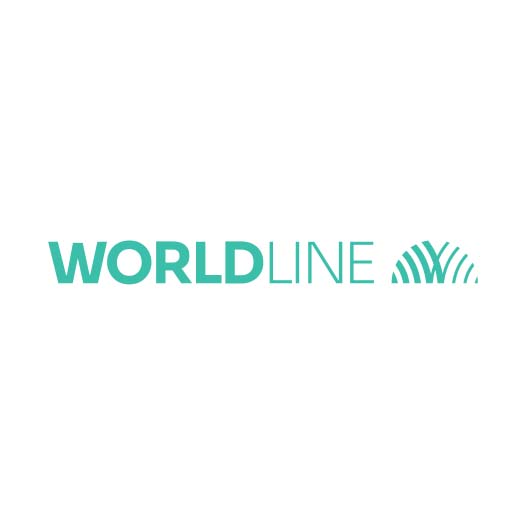

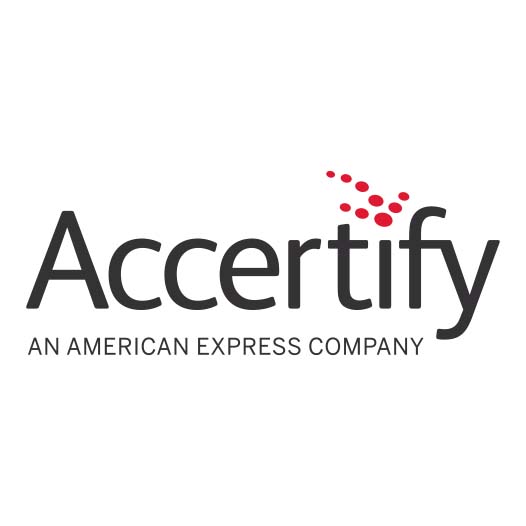
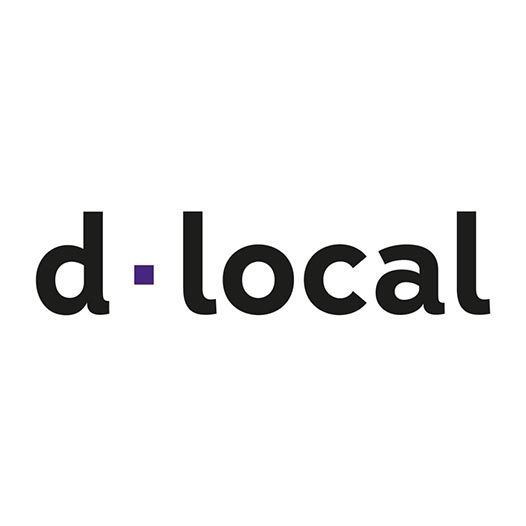
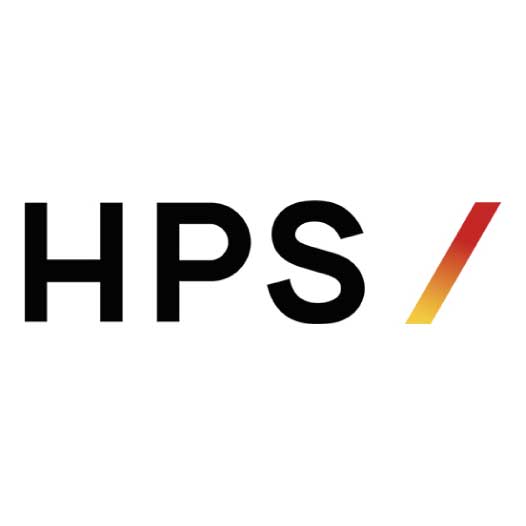

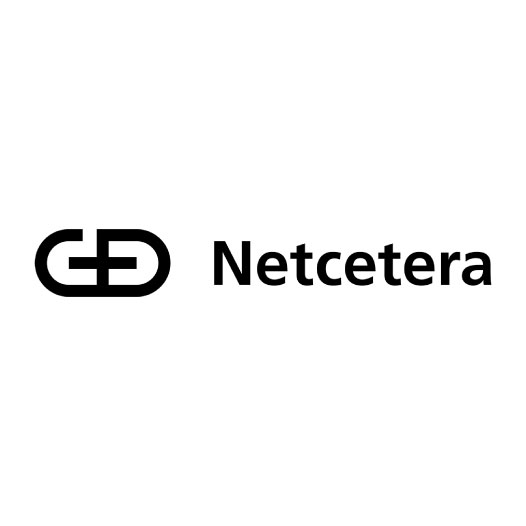
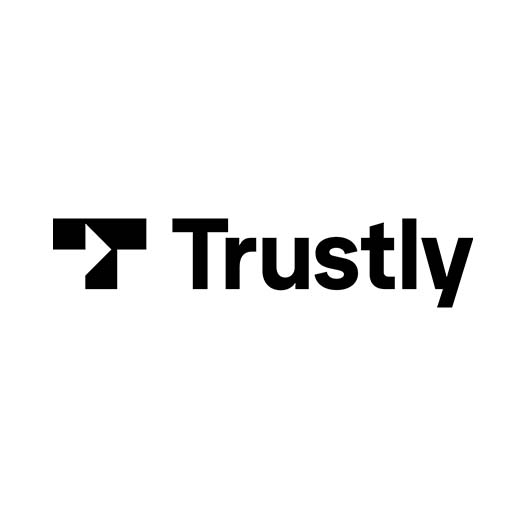
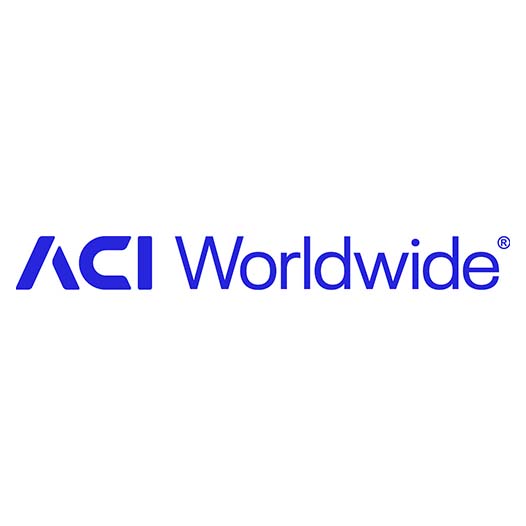
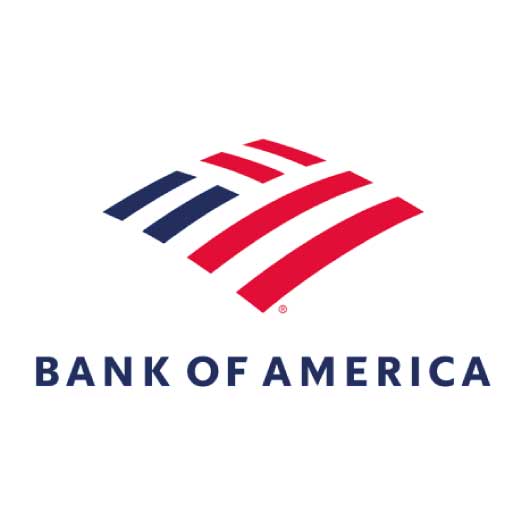
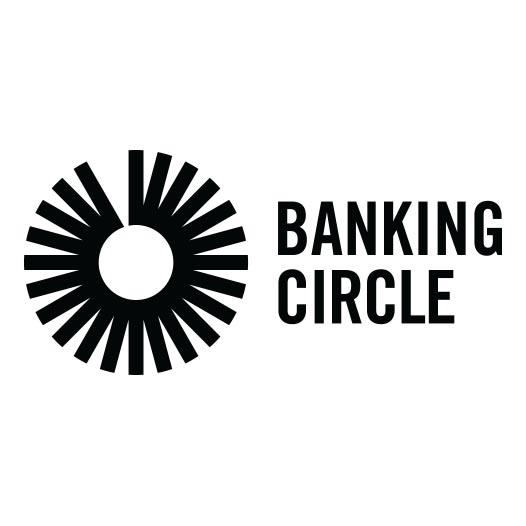
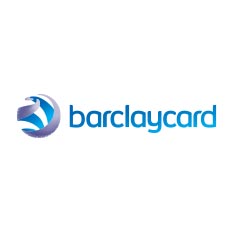
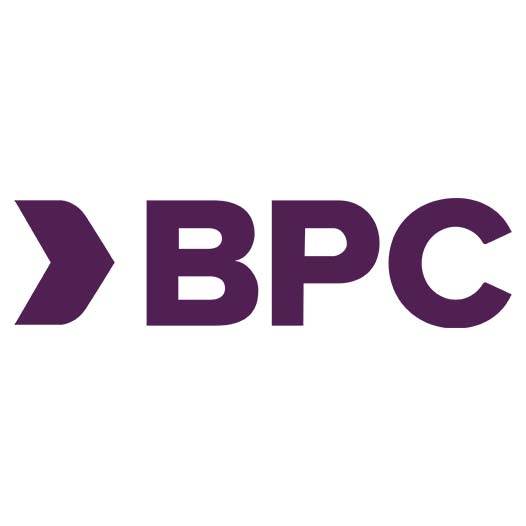

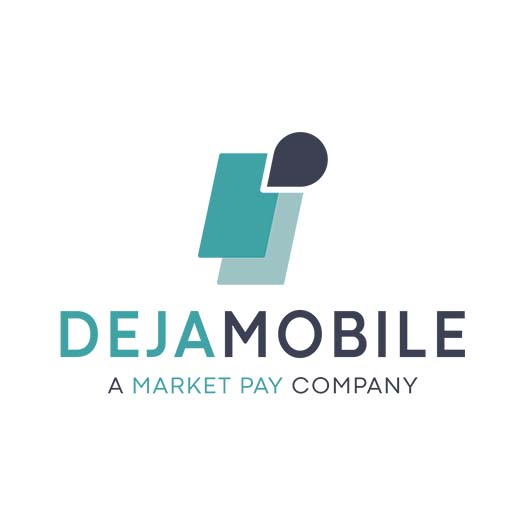
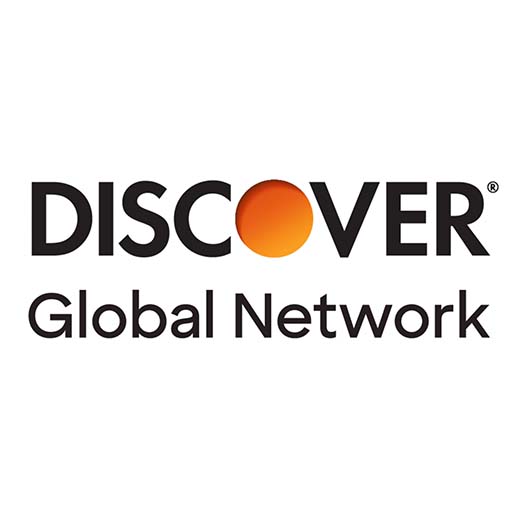
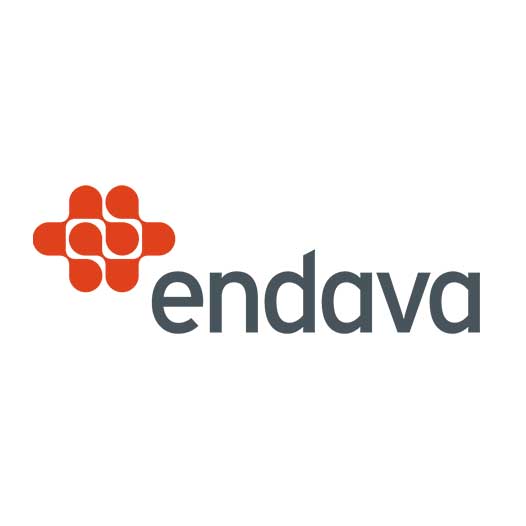
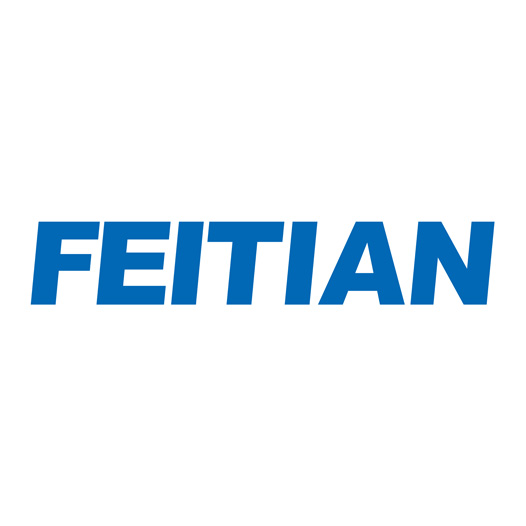
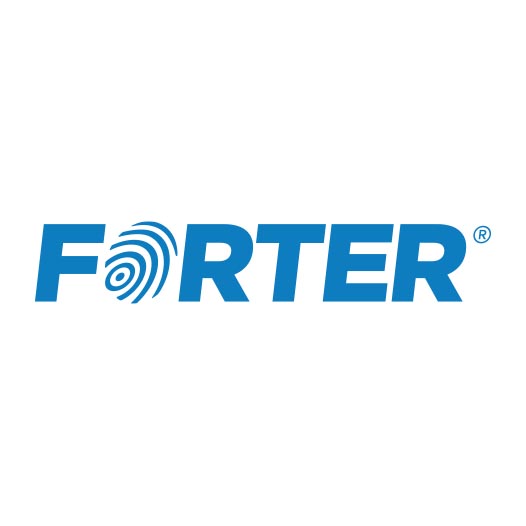

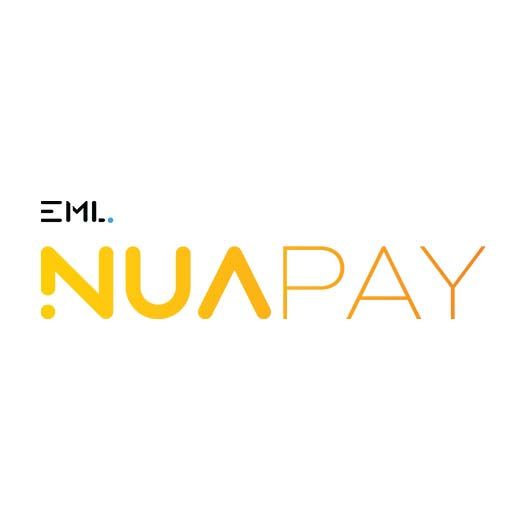
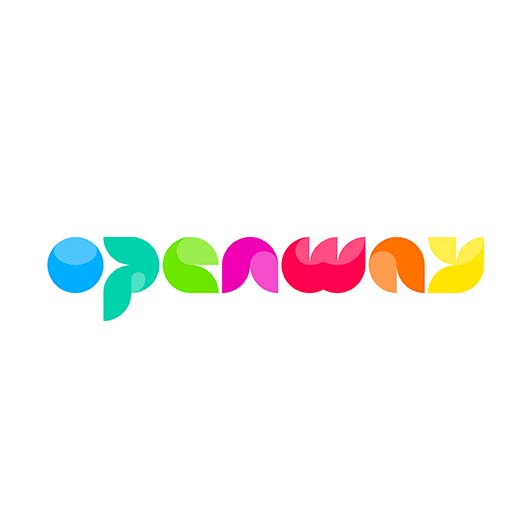
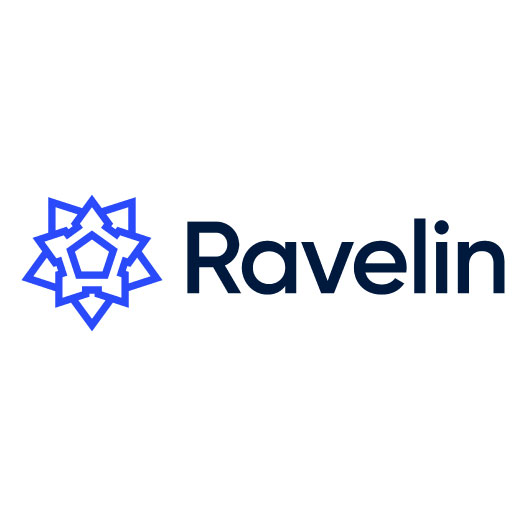

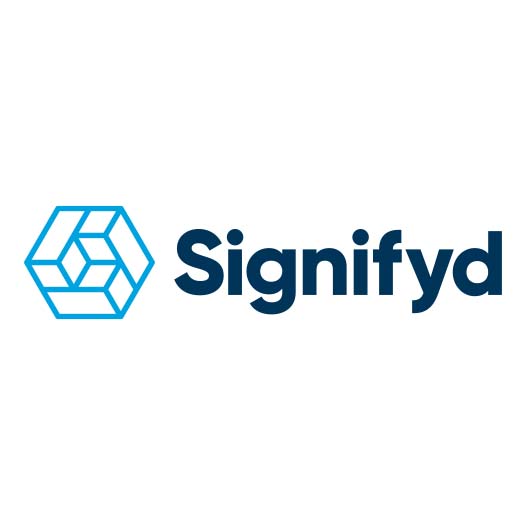
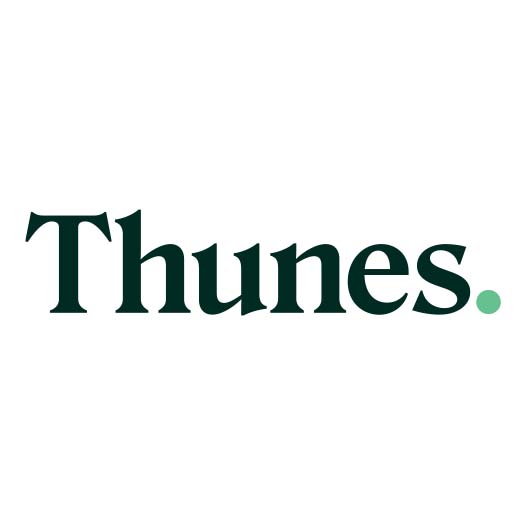
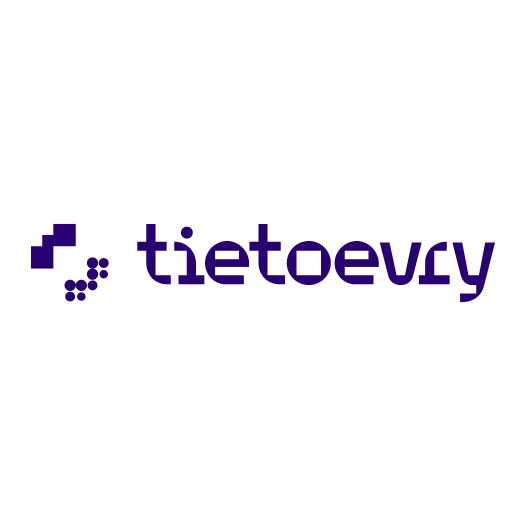


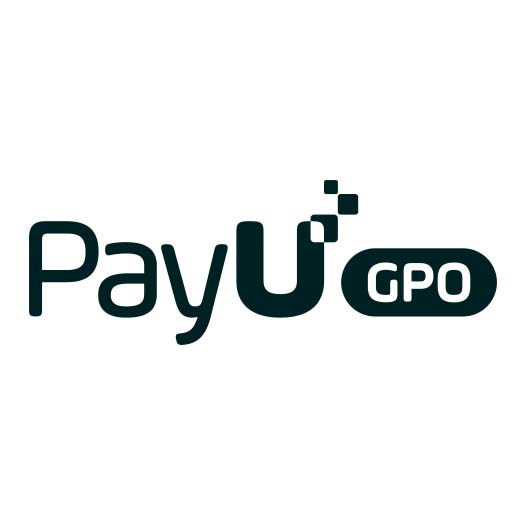
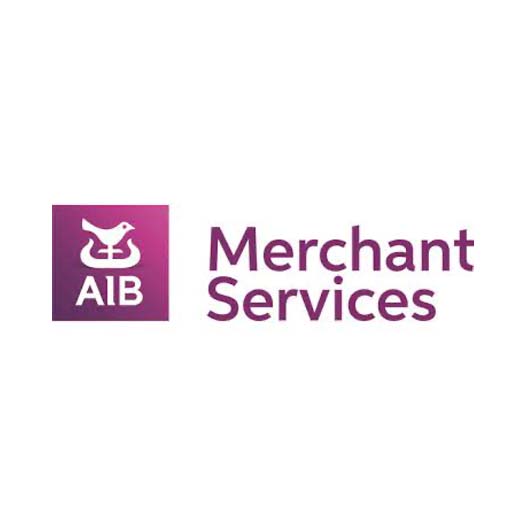
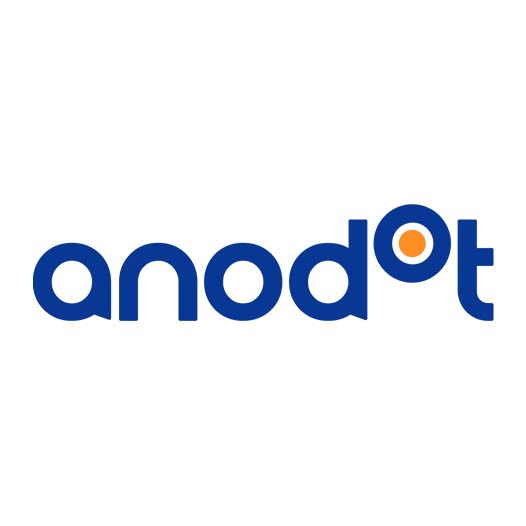
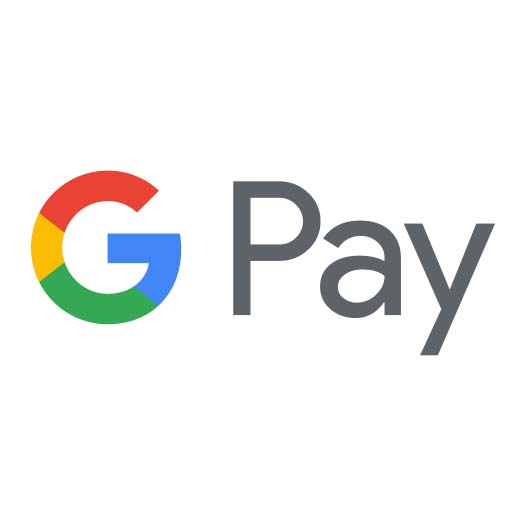

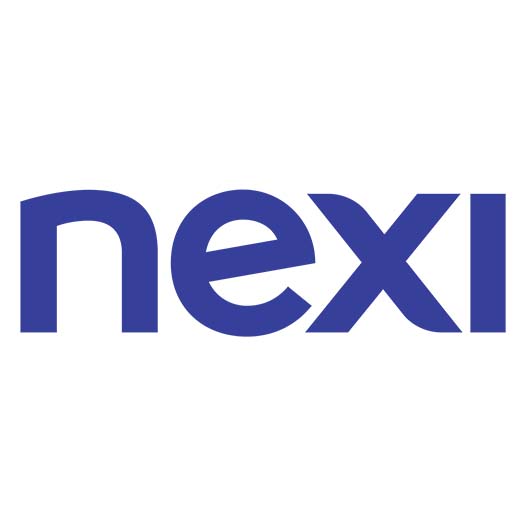
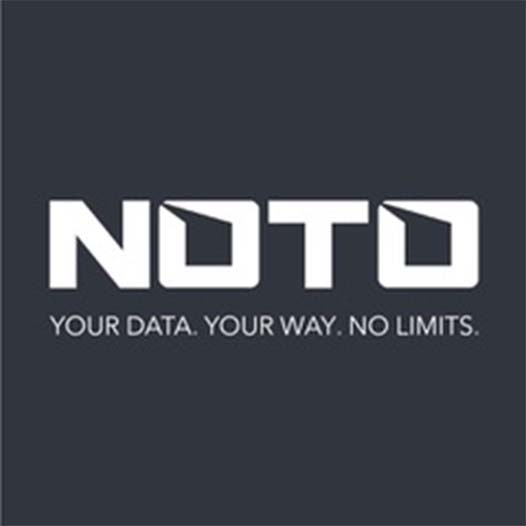
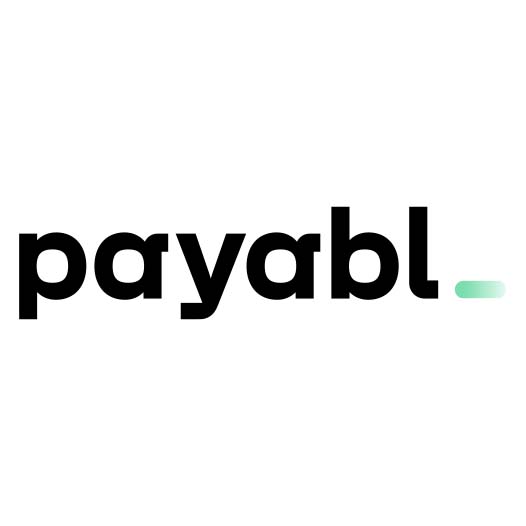


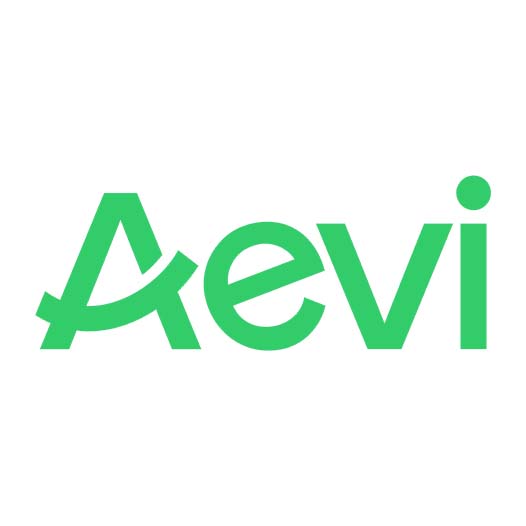


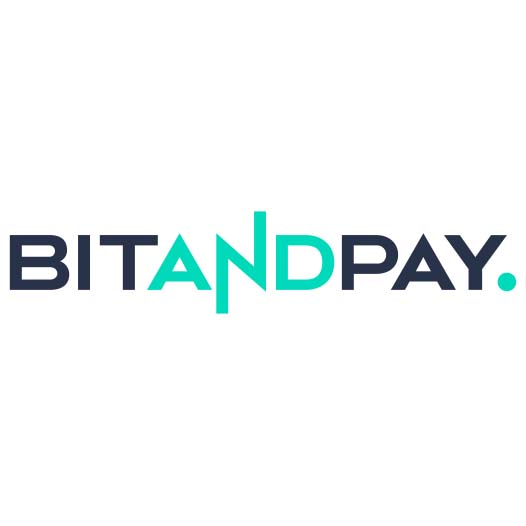


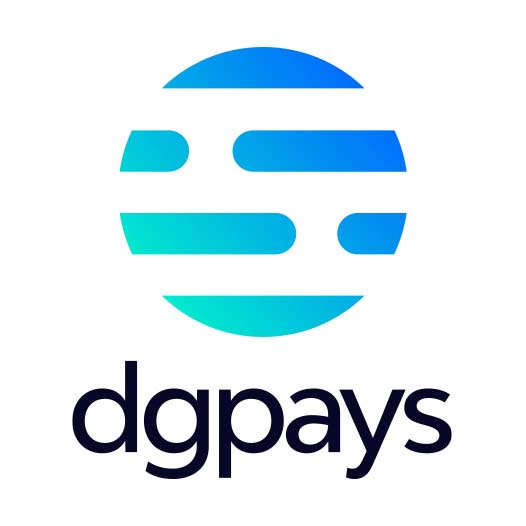
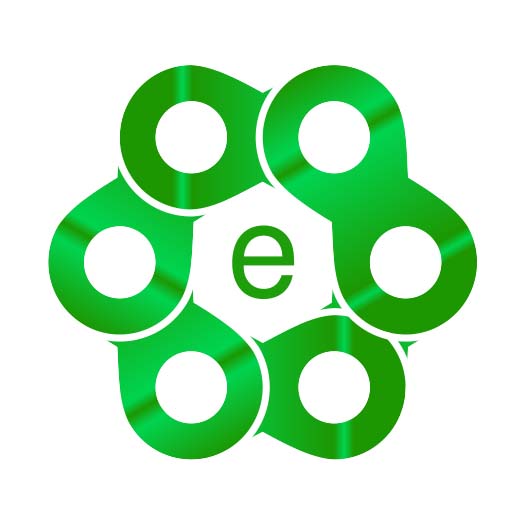
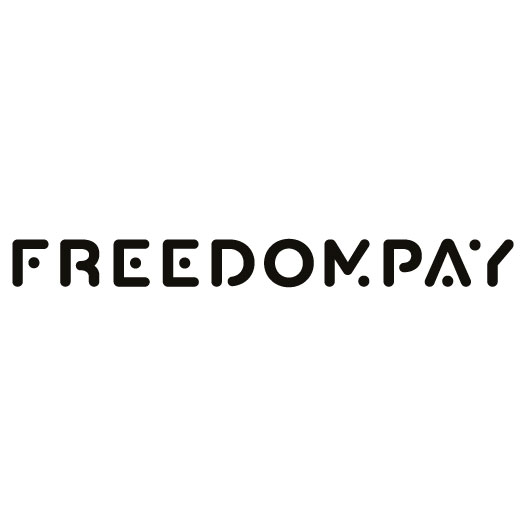

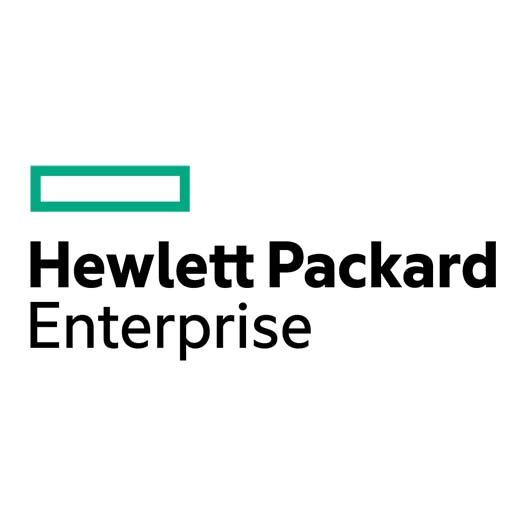
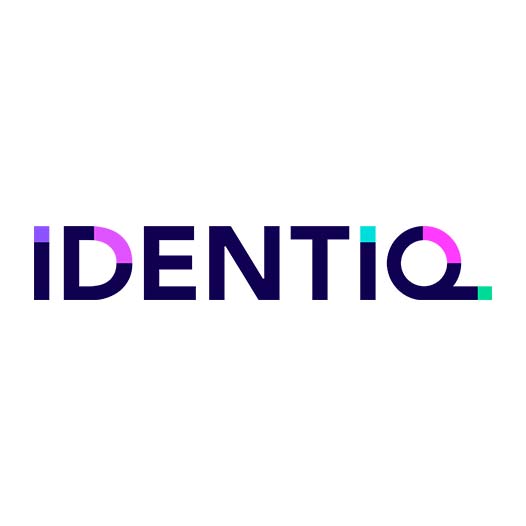
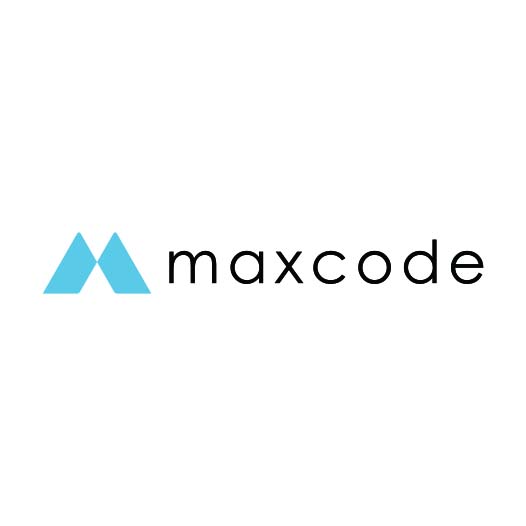
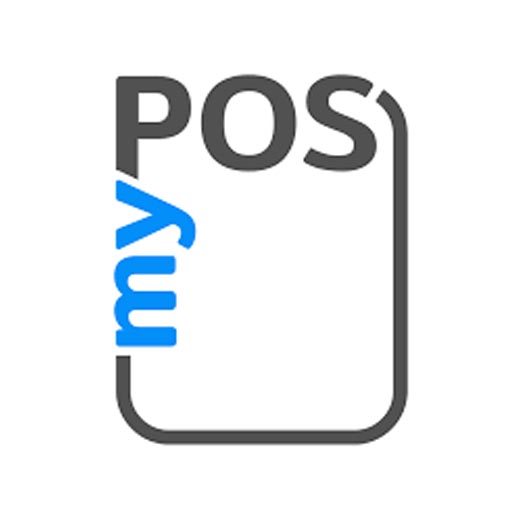
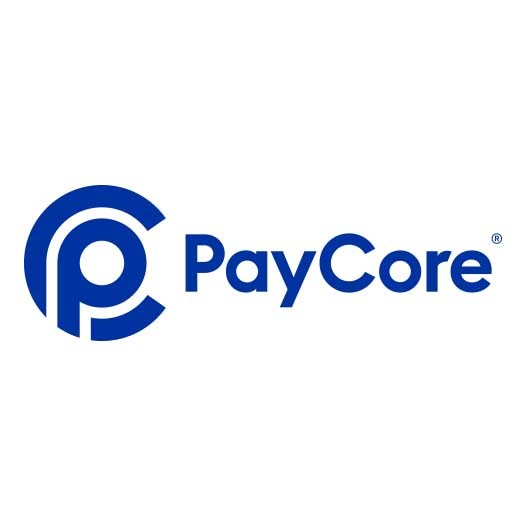
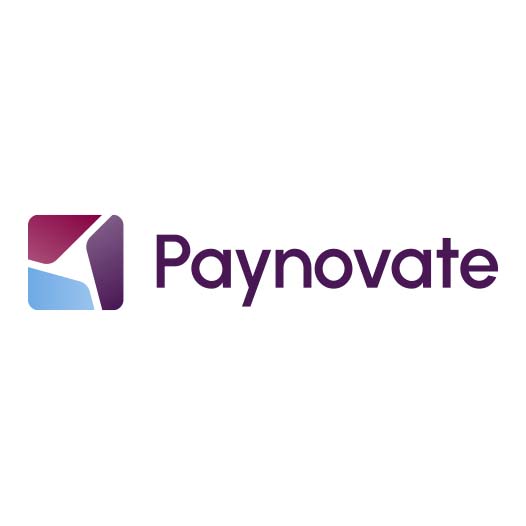

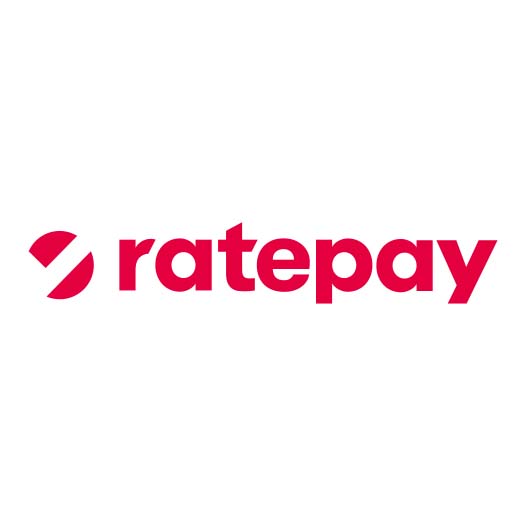


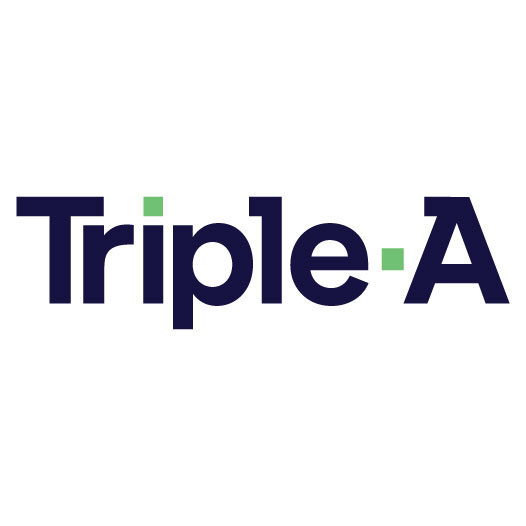

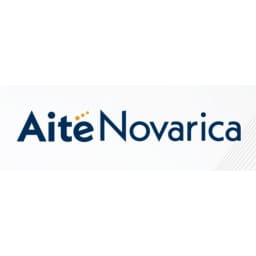

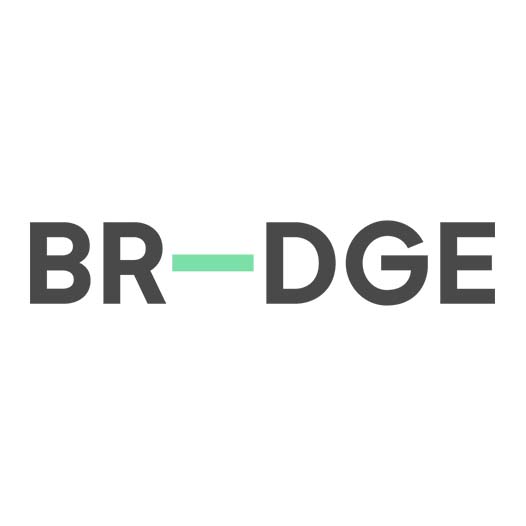

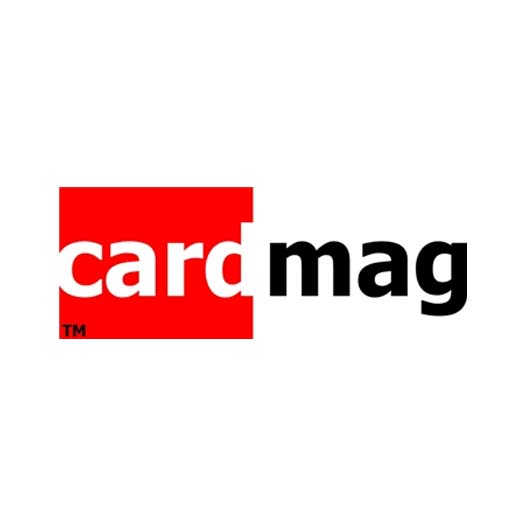

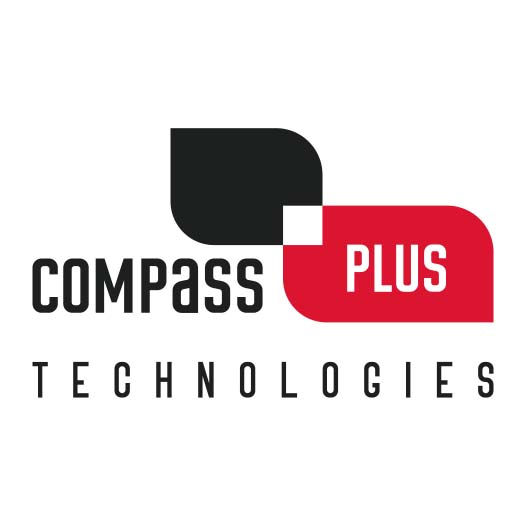

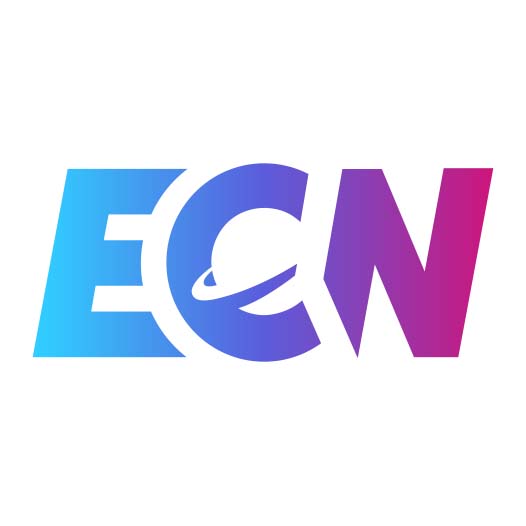
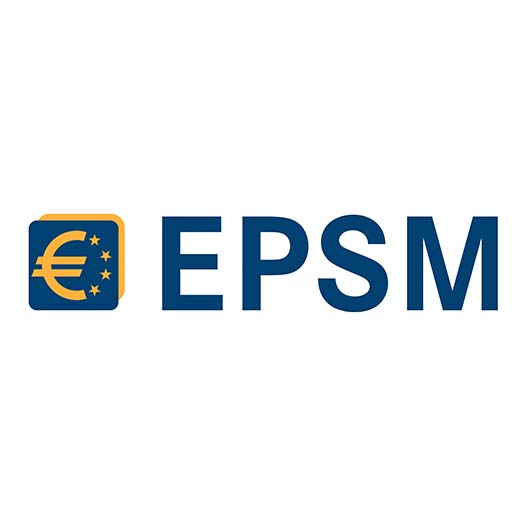
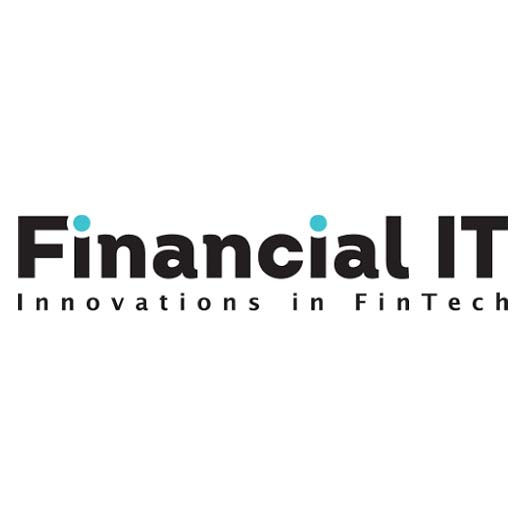
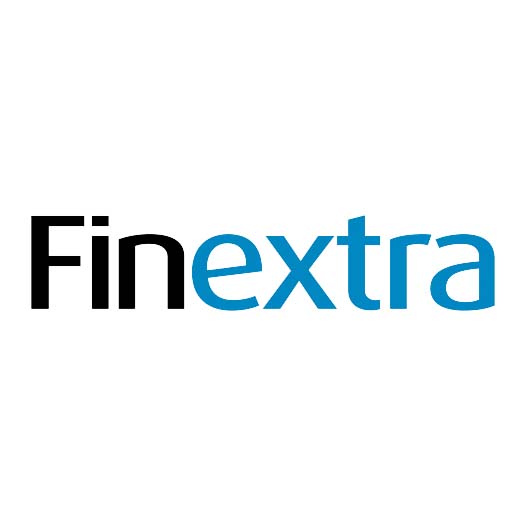
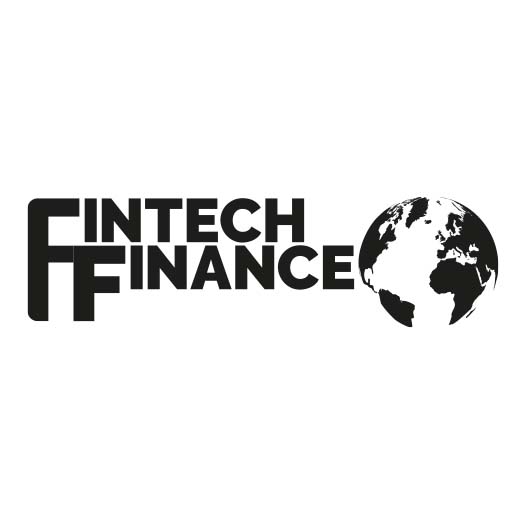
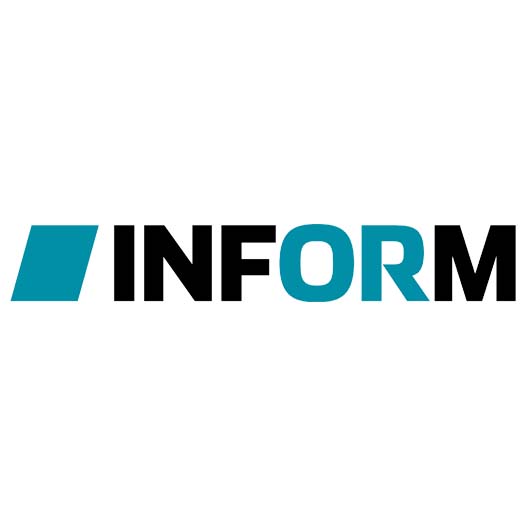

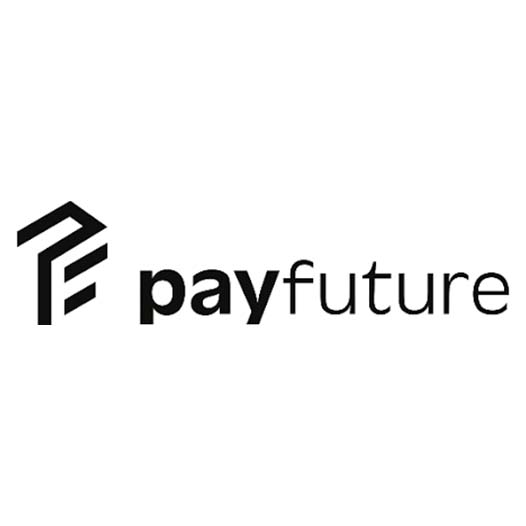
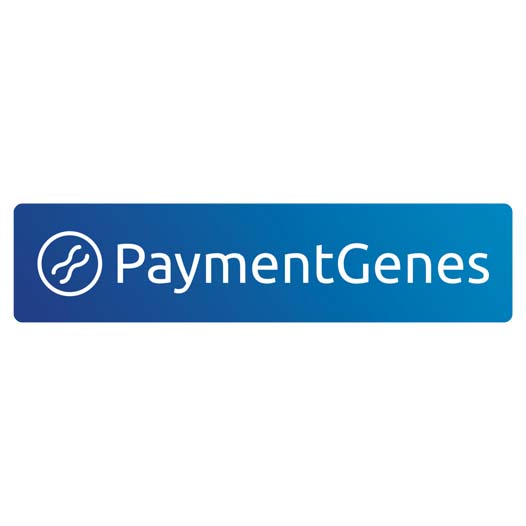
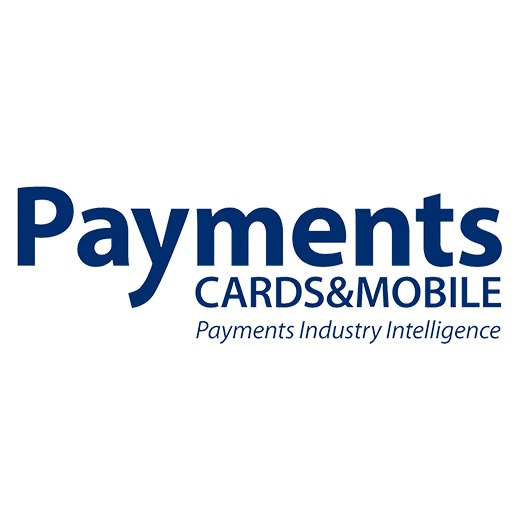
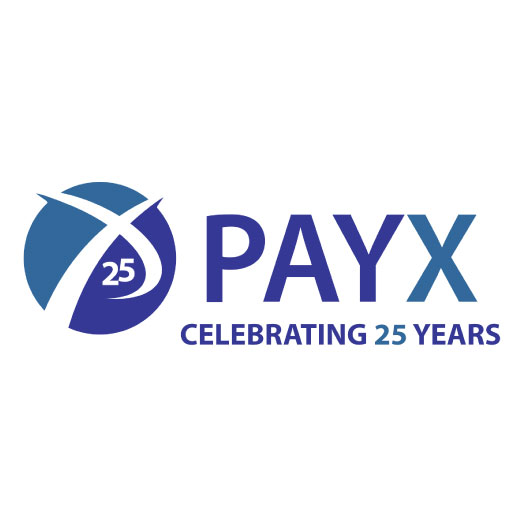
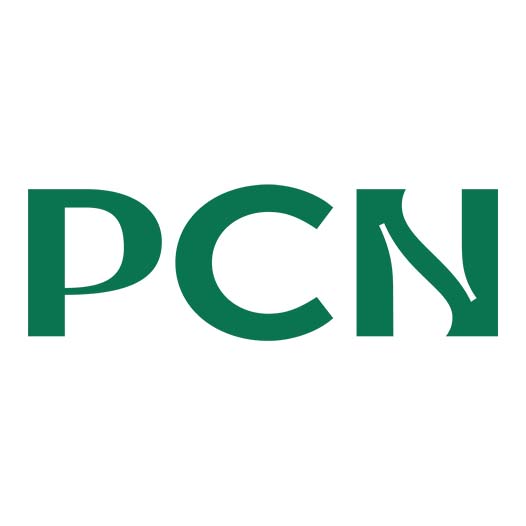



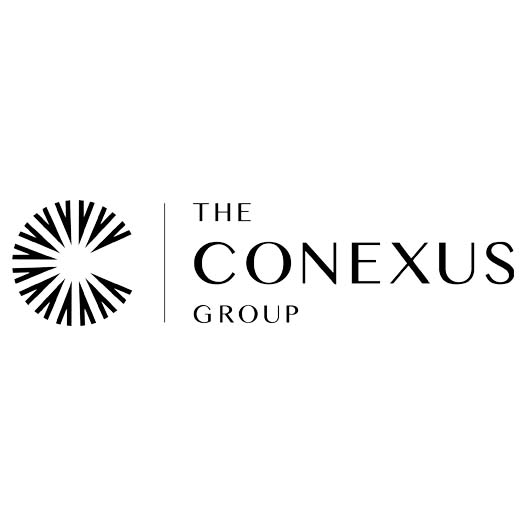
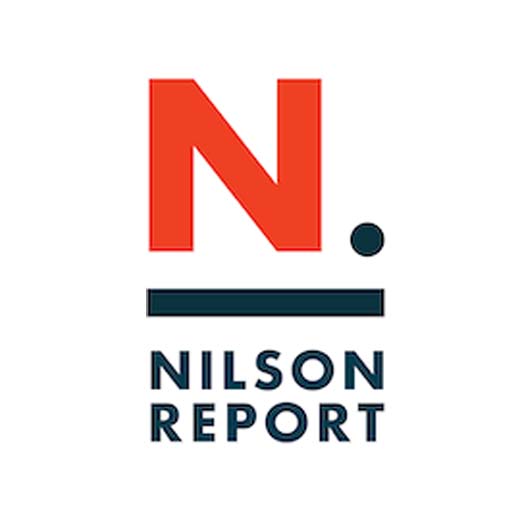
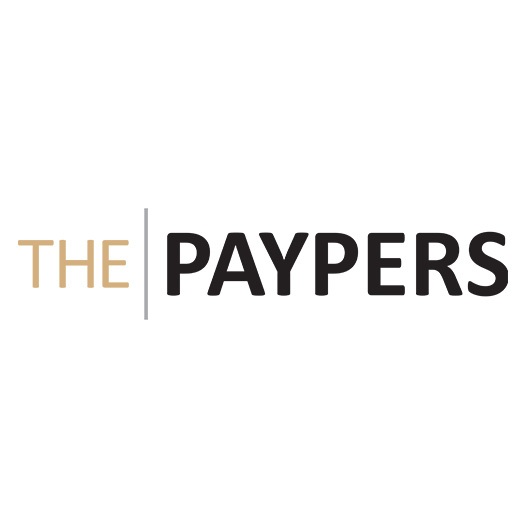


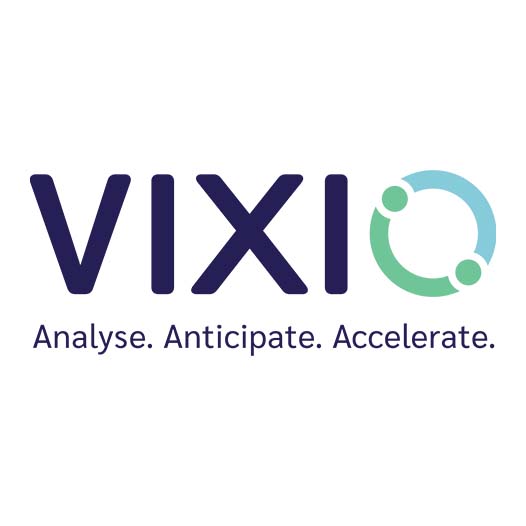

MPE covered the latest technologies, trends & business models of merchant payment acceptance, checkout & conversion, fraud & security and changing customer shopping experience.
SEE COMPLETE LIST OF SPEAKERS SEE AGENDAAs part of the first day’s programme of the Merchant Payments Ecosystem conference, the Merchant Stream included a panel session on Travel Payments. The discussion, moderated by Francesco Burelli, Partner at Arkwright, consisted of a panel of eminent speakers: Candice Pressinger, Director of Consumer Data Security and Fraud, Elavon, Jeremy King VP Regional Head of EU at PCI Security Standards Council and Dennis Phúc McNulty, Director or Payments at GetYourGuide.
The travel industry has been deeply affected by the pandemic with number of travellers are still significantly below the end of 2019 numbers. The industry has not been affected in terms of number of travellers but also its mix with business travellers, with 52% of business travellers currently not be willing to travel during 2022.
Within this context the travel industry is liaising with a number of challenges, ranging for the impact of SCA regulation, the ever-increasing challenge of fraud with increasing levels of first party fraud, cash flow and operational issues, Cancellations, delays and cash flow uncertainties, from a pandemic that is far from over and staffing challenges. This is on top of the potential choices regarding the toll out of new technologies and a proliferation of payment methods used by travellers to book their journeys, stays and ancillary services and experiences.
The panel discussed the challenges induced by the PSD2 and key issues around SCA affecting airlines and travel operators and the value of payment services providers to the industry in supporting the industry in addressing them while minimizing operational cost impact. This was debased in parallel to the value of standards and regulation in view of an increased threat of fraud.
Standards have also the ability to create efficiencies within the booking and customer data management by initiatives such as the International Air Transport Association (IATA)’s NDC and One Order recently introduced standards that consolidate passenger record information (Passenger Name Record - PNR), electronic ticket (Electronic Ticket - ETKT) and ancillary services bought by the customer (Electronic Miscellaneous Document - EMD) records into one. The discussion highlighted the potential value of a unified standard being extended to the wider travel and entertainment industry.
Reopening, all of the sudden post pandemic, has cased significant operational challenged after two years of business suspension and underinvestment. New technologies have the potential of supporting the industry to address key challenges but the overall economic climate is still deterring travel and hospitality operators from resuming the previous levels of investment. Increasing cost of energy, inflation and decreasing purchasing power of travellers are compounding the challenge with the need of ever-more-important friction-less customer experience needing to be balanced within the business imperative of managing and preventing fraud and safekeeping customer data. From the discussion this is a particular challenge that is made more critical by the data integrity assurance need to maintained across operators, agents and interfaces within travellers’ integrated experiences. The panel participants were unanimous in highlighting how payments are a key part of an overall travel operator’ strategy across distribution, conversion, cost control, treasury optimization, cash flow challenges and risk management with the industry needing to collaborate so to address its pressing challenges.
BNPL – A generational shift from credit cards?
Following a very insightful presentation from Ekata, the panel started discussing the reasons behind the global success of Buy-No-Pay-Later. On the one hand an argument was presented that BNPL is really filling a gap in the market and meets the needs for both consumers and merchants. A large part of BNPL users either have thin credit files or limited access to credit and, thanks to some strong marketing messages from certain providers, BNPL becomes a ‘trendy way to pay’. Merchants benefit from more loyal customers, increased sales and increased average ticket sizes. Jupiter Research has put a figure of 30% to the increase in sales. On the other hand panellist were stating that BNPL isn’t really anything new and that delayed invoicing or attaching specific repayment terms to transactions is nothing new at all. In fact, mytoys has offered this for the last 20 years to its customers. The difference now being that new technologies are enabling a more seamless process and a far better user experience. You then give it a cool name (BNPL) and the success will come. It is important to recognise local payment preferences and attitudes as well as local regulation, but the success to date has been universal.
On the topic of regulation, there was a genuine recognition that BNPL currently creates a lot of bad publicity and whilst some providers might push the boat as far as possible and sail close to what is possible, many responsible providers work proactively with regulators or aim to be ahead of any upcoming regulation. This is especially relevant in the context of transparency and customer communication and education. Customers perceive BNPL as a payment product whereas in fact it is a line of credit. It is assumed that as BNPL becomes a mainstream proposition, further regulation will come with Australia and the UK being regarded as two trendsetting markets. There was some interesting debate whether regulation will be restricted to providers or whether it extends to merchants too, but the initial conclusion was that merchants, despite not having a specific license for it, manage it at their own risk for their own customers only and are unlikely to be impacted by most regulatory developments.
The final part of the discussion was about the future of BNPL. Four trends stood out:
- New business models such as ACI’s BNPL marketplace or BNPL-as-a-Service
- Leveraging data insights to develop alternative (risk) scoring models
- The increasing relevance of banks in the BNPL space – banks are good at regulation and compliance as well as risk management but not good at technology so short-term consolidation in the market will be driven by banks buying BNPL providers
- And finally, the role of Big Tech, exemplified by the entry of Apple into the BNPL space
Everybody agreed that this is a highly dynamic industry which will create many more interesting discussions at MPE 2023.
Day 2 Session 2: Deep-dive into the Software POS experience
It was standing room only in a packed room for a fascinating session on Software POS acceptance. With expert panellists providing insight from acquirer, standards body and vendor perspectives, this session focused more on the merchant / consumer experience than the technology that makes it all possible, though questions from the audience did take us towards the underlying technology and the difference between SoftPOS and traditional POS. Indeed this is a blurry line and likely to be the next challenge as the standards adopt we begin to roll out these solutions at scale. This is key, SoftPOS / Software acceptance has been around for 4 or 5 years, allowing us to develop enough understanding to build certification programs to enable the industry to move from pilot to mass market.
We learned how a payment acceptance solution which was initially intended for the “new to cards”, or low transaction volume end of the market, was being taken up by major Tier 1 retailers. The panellists explored the freedoms that SoftPOS brings to merchants all across the spectrum, enabling new ways for the merchant to interact with their clients, how SDKs allow the merchants to tailer the user experience to meet their needs.
Apple enabling an apple version of SoftPOS to some of the larger payment processors adds credibility to the sector, and it was noted that an acquirer / PSP will need SoftPOS solutions for both their Android and iOS merchants.
There were great questions from the audience, considering different use cases, the panel informed the audience about how the past few years of pilots have allowed, through the involvement of focus groups, disability groups, security groups to look deep into SoftPOS and develop it to where it is now. The key message was how SoftPOS changes the merchant consumer interaction, meaning increased sales through queue busting, or enabling payment at the purchase decision point.
Does SoftPOS mean the end of the traditional POS terminal, the panel doesn’t think so, SofPOS enables the merchant to deploy different payment solutions in different use cases, quick deployment options, so SoftPOS and traditional POS can compliment each other in enabling the merchant to better serve their customers.
Day 2 Session 3: The future of the terminal
One of the themes emerging from MPE 2022 was that how we pay in retail is changing. The POS is the merchant access point to the payment options and services they offer to their consumers.
With presentations from Bart Willems from Discover Global Network and Nitzan Tal from Klarna setting the scene for an intriguing panel session where the presenters were joined by Mahaveer Shah from Feitian Technologies, Federico Gambi from Mastercard and Kai Lindstrom from SOK.
The demise of the terminal has been wrongly predicted by many over the years, we have more terminals than ever, and with the demise of cash they are becoming a utility in much the same way that electricity is a utility. Without electricity you close the store, without the terminal, you close the store. If anything the terminal is becoming more important than ever.
However the POS is changing, almost all terminals are now Android based, making them more or less a commodity, with the potential of apps being developed and deployed across different devices.
This ability to develop and change the role of the terminal with apps allows the Merchant to differentiate. The digitization of payments allows the merchants to provide the acceptance solutions that meet the needs of their customer demographics.
As outlined in the presentations from Bart & Nitzan, the key to bringing consumers back to stores is about providing them with the experiences they expect. Merging the online and in-store experiences, providing loyalty.
Gen Z are becoming an important group for the merchants to attract, but they are notoriously less loyal than previous generations and they are mobile first! They use their mobile to plan their shopping, they will use their mobile whilst in the store, and expect to pay how they want to pay, whether it is debit; Buy Now Pay Later; or one of the many alternative payment mechanisms. However they go to stores for the human experience, the merchant and the merchant terminal need to adapt to provide and aid this shopping experience.
The merchant needs to use their data smarter, not just for fraud prevention, but in understanding their customers and providing the targeted / bespoke experience they expect.
Tap on Phone and pay in app are just a couple of ways the ordering and payment experience is changing, expanding the range of acceptance options open to the merchant.
The terminal providers are no longer competing on the features of the hardware they provide, but rather the integration of services that work for both the merchant and the consumer.
Day 3 Session 1: Crypto Currency Workshop
The first session on the morning after the MPE Awards Dinner can be a tricky one, but in this case the audience turned up to understand cryptocurrencies and what it means to them.
Following a discussion setting out the base terminology to ensure everyone was at the same starting point, the workshop began to explore the nature of digital currencies and what they actually mean.
It was generally agreed that there is unlikely to be one digital currency to “rule them all”, indeed the programable element of digital currencies are likely to be attractive to tribes to make the currencies work for them.
Focusing more on Central Bank Digital Currencies and Corporate Currencies (e.g. Diem / Libra / Apple / Volkswagen etc) it became apparent that we were talking about multiple currencies used for different experiences. The currency used in the metaverse is unlikely to be the currency used in the real world, but smart wallets would emerge to enable consumers to use the right currency at the right merchant / experience.
The characteristics of crypto currencies provided the backdrop for the 2nd half of the workshop. With so many levers / characteristics available, e.g. is the currency online only or can it be used offline? Does it work for 8 and 80 year olds? Is it truly inclusive? How does anyone participating in the ecosystem make money? Does the crypto currency have a business plan being it direct or indirect. The workshop though it inevitable that a CBDC in one country will differ from the CBDC in another as will Corporate currencies.
It was interesting that these currencies face the same issues that other Alternative Payment Methods face, how do they gain access to the acceptance points, and how do they gain traction such that people use them?
If governments want their CBDCs to be successful, they could issue their benefits and outgoing payments in them, but will this be acceptable to the public? The likes of Apple / Facebook / Tesco / Carefour etc could ease and incentivise the use of their crypto currency, but solving the issues of adoption are key.
Day 2 Session 3: GOING CROSS BORDER WITH DIGITAL PAYMENTS
The 3 year effects of Covid have led digitalisation of processes and payments speeding up, and fuelled the growth of Ecommerce especially of Local Payment Methods (LPM) (panelists resisted the acronym APM as they are no longer alternative, there are 500+ globally and constitute the majority of Ecommerce payments in certain markets such as Japan / China with usage forecasts to grow to 65% of global volume by 2024. These must be made available by merchants where the consumers wants to use them to minimise cart abandonment.
As for a move from a local to global play by local methods the panelists saw this mainly as an acceptance play where in for example acquirers in Europe accept Alipay as opposed to Alipay issuing wallets to European consumers. A platform for interoperability between local European payment methods was seen as a possible solution to European local methods (also more for acceptance than issuance). The next iteration of a European payment initiative was seen as a top down model not driven by local consumer needs as local payment methods were which solved a critical local needs whilst giving consumers a much improved experience. It is interesting that previously physical payment methods were move online (starting with cards) whilst now the local ecommerce methods are moving to physical acceptance whether via QR codes, or NFC or potentially open banking.
As GEN Z is becoming the most populous segment with 1,35 bln Gen Z’s (spending over $1 trn) always on mobiles (36% digital), mostly without bank accounts so heavy users of non card based mobile wallets and heavy users of BNPL, so it is clear that the payments market must build products and solutions that cater to this segment.
Open banking is becoming more important (users 25 mln 2020 forecast to increase to 132mln 2024) though more in ecommerce than the physical space where it is not clear how the UX will work, even though the lines are blurring between ecommerce online and in store. Banks are still pushing back from fully embracing open banking due to worries around loss of consumers and revenues related to card interchange and fees.
To navigate all this complexity and to ensure merchants offer the appropriate payment methods, requires the knowledge, experience and support that companies such as Thunes, Payu and PPRO can provide.
Day 3 Session 1: The Next generation of WALLETS & MOBILE payment
The key attributes for success is ensuring the wallet makes the correct trade off between security and convenience for the consumers, enabling simple safe and secure transactions, whilst minimising friction in the payments process . Partnerships are key for the wallet providers, regardless if they are bank or non bank to be able to offer a comprehensive set of solutions for the consumers other than payment with more focus on virtualised cards in the future (BNPL, transport, parking ticketing,boarding passes, P2P etc), and in the future tokenised key cards for hotels, or car keyless entry.
Non bank / QR code driven superapps are unlikely to become as ubiquitous in Europe as in Chine for reasons that Europe came from a different place of bank accounts, cards, both legacy infrastructure but also the mass rollout of NFC cards and terminals.
Gen Z are becoming the largest consumer segment with growing purchasing power and whilst 50% of Gen z do not have a bank account the 50% that do , provide a large opportunity for Banks. This segment wants
BLIK’s huge success in Poland (with 70% share or ecomm) is driven by a superior UX, fast simple secure transactions, partnerships with acquirers and PSPs, and underpinned by the shareholder structure of 6 banks and Mastercard which enabled growth from start in 2015 to 2022 to virtually 100% acceptance in ecomm, POS and ATMs; with additional functionality including P2P and BNPL, with the introduction of NFC BLIK payments recently. The cooperation of banks provided a critical mass of consumers and 100% coverage in the mobile banking apps users. BLIK can go overseas more easily on the acceptance side to multiple markets through their current partnerships with banks and PSPs. It is more difficult to move overseas as a scheme due to local regulatory requirements, consumer habit, and need for banks cooperation.
Wallets at the physical locations in terms of enablement is currently and likely to be tap (NFC), QR codes or ecommerce payments in store; the omnichannel buying experiences is key to ensure the consumer can browse, buy and collect however he wants via all the channels.
Above all omnichannel experience is key and to ensure a seamless secure frictionless user experience.
Session 4: "The PSD2/ SCA is more relevant than ever"
The session showed that PSD2 SCA is a topic that still raises many questions on very different aspect. During the panel discussion we had more than 20 questions coming up from the audience! Keynote presentations from Ravelin and Barclaycard payments covered in detail the optimization and exemption strategies that merchants need to have in place, as many today don’t fully get the best out of it.
The results from the poll made to the audience was very interesting, with half of the people agreeing that PSD2 SCA increased security, despite bringing some additional complexity, while half of the audience thought that the changes were not worth as too much complexity and friction has been now introduced. This gives the general message that many merchants “felt the pain” about this topic but surveys provided during the presentations showed as well how this was an opportunity for many merchants to look at their checkouts and improve the payment flow experiences for customers.
Many inputs from the panel discussion brought the attention to the fact that PSD2 is now a journey part of any payment strategy, looking forward at the new version and the feedbacks coming from the current open consultation on PSD3, probably touching several aspects of the existing regulation. Surely merchants will need to follow the upcoming developments very closely.
Session 5: Monitoring and assessing SCA performance
In this session we had true experts about 3D Secure and merchant optimization strategies. Several insights from Netcetera, ACI worldwide and AIB merchant services, brought a unique mixture of experiences and opinions between the ACS/3D Server, PSP and Acquiring perspectives about PSD2 SCA, optimization and performance monitoring.
It was a general agreement that merchants sometimes need to more in understanding their 3DS performances, looking more deeply at the data that they receive and how failures or declines are being monitored. This is one of the first steps to truly understand the topic and take actions for optimizations. As well, there are still some 3DS1 transactions coming from merchants and we all need to keep in mind that from October 2022 we will have the sunset of the old 3DS 1 version. Here issuers need to do more as well, making sure that cardholders are correctly informed and enrolled with the 3DS2 authentication possibilities.
We have seen how the audience has been very engaged to learn more about FIDO and Secure payment confirmation, topic excellently and clearly explained by Netcetera experts. We all agree that it is just the start of a journey that has a lot of potential, as showed by the first testing programs such as the one from Stripe. But the regulatory decisions play a fundamental role, as we have seen from the comments coming from the audience about how the German issuers have been discussing programs such as Delegated Authentication and their compatibility with the current PSD2 RTS requirements.
Pay by phone, pay by watch, pay by car … even pay by hand. On Wednesday afternoon, I had the pleasure of hosting a session that explored the future of IoT and wearables. How far have we come and how far are we prepared to push the boundaries in our world of hyperconnected devices? As companies keep churning out a myriad of interconnected devices, there is a real concern of how secure these are and what vulnerabilities these end points, bring to the networks they are connected to. Do we really need more methods of payments? What other use cases can we explore that will drive us to the tipping point? There’s no question we’ve seen huge progress in awareness of wearables – the wonderful Terrie Smith from Digiseq spoke of key fobs, and bracelets but also false nails with payment chips. Fun or freaky? This got even more interesting when Wojtek Paprota from Walletmor made some of our audience squirm when he moved the payment implant into the human body!! He saved my blushes by not following through with an on stage demo but the questions from the audience ranged from ‘does it have to be in my hand?’ to ‘what happens if it goes wrong’.
The curiosity from the audience continued when we explored connected cars and the potential for creating a new economy – micro payments and data exchange could support the efficiencies in smart cities and even reignite the insurance industry – pay for what you need and when you need it, all enhanced and more personalised based on the weather, the demographic of drivers around you and indeed your driving preferences.
We can’t forget when payments go wrong, it’s an inconvenience but when connected vehicles go wrong it’s a public safety issue. Let’s hope the industries continue to work together to share learnings and really bring some of the futuristic ideals to bear, but in a safe and privacy enhancing manner.
Day 2 Session 5: Omnichannel the new normal
The panel debated the impact of the pandemic but first there was a definition of omnichannel. There was no doubt there were different definitions around amongst the panellists and different definitions amongst the merchants. What may be omnichannel for a grocery store is not omnichannel for a fashion retailer. It was discussed that omnichannel was the ability to identify the customer across the different touch points with the merchant. Omnichannel must also include convenience for the customer and security as well as frictionless payments. Omnichannel must be on the customer’s terms.
Following the global COVID-19 pandemic there is a debate whether we will see a ‘new normal’ with significant changes to consumer behaviour, or we will see consumers returning to their usual shopping habits. At Edgar, Dunn & Company, we believe there is something in between. The impact of COVID-19 has resulted in a big shift in the customers’ expectations, and their shopping experiences with merchants have changed. Interactions that were not online pre-COVID have moved online. Post-COVID, there will be some consumers preferring to return to pre-COVID shopping patterns, but there will be a meaningful segment of consumers, more than half of them, based on research, who will not return to their pre-COVID shopping behaviour.
It was agreed that there will be an impact because of the pandemic – there will be greater focus on ecommerce /remote payments/contactless payments. The customer journey will be varied and more complex, new customer journeys through the different touch points of a transaction covering the happy outcomes as well as the unhappy outcomes in the customer’s journey. Such as the need to better deal with returns, refunds, and exceptions to the normal customer journey.
Tokenisation and network tokens were discussed, and it was acknowledged these would help to get merchants someway in their own development roadmaps to be fully omnichannel or at least closer to supporting the omnichannel behaviours that customers are pursuing. One of the questions from the audience was related to the M&A of payment service providers and how this can interrupt the service for merchants.
Another question was related to open banking and who it relates to omnichannel. Open banking will be able to enable omnichannel world – open finance and open banking will be right in the right use case. QR codes was another example, where the payment could be initiated at the table in a restaurant or in different situations which results in an open banking transaction.
The panel’s closing question was “how does the panel envisage omnichannel in five years’ time?”. The answers varied but the common theme was around the use of consumer data, to help customers through the journey, identify of customers and including customer preferences. The concept of channels will gradually disappear, and we are starting to see this today with the blurring of the line between online and offline commerce.
Day 3 Session 1: Marketplaces and Platforms
Marketplaces and platform economies as the key payment trends for 2022 and not customer for business to consumer commerce but especially for business-to-business commerce where we are seeing the greatest digitalisation of the financial services ecosystem. Modular platforms for the management of all payment challenges, buyer/seller onboarding, pay-in/pay-outs, regulatory constraints, payments acceptance, financial reconciliation, fraud, and optimisation of internal processes were some of the topics that panel wanted to cover.
A best practice of marketplaces and platforms was discussed amongst the panel, and it was stated that payment is the first thing to get right. The business-to-business marketplaces will allow a more efficient ecosystem for commerce and building greater sticky customer proposition is key best practice to get right. Also, how marketplaces evolve, from merchant to marketplace will also influence how it drives the business. The value proposition is a key best practice that must be defined and articulated to build on the network effect.
Super apps and super wallets were discussed, and how they developed in the East - such as WeChatPay and Alipay – and how they will be developed in the West will be different. In the West it is more likely to start with the wallet. Regulatory challenges of a marketplace and platform were also discussed and the need to protect consumer and merchant funds – so that buyers and sellers are ensured their funds are processed appropriately within a compliant framework.
Technology providers of marketplaces and platforms will be key and there is a long way to go, and growth is expected to be significant, but then there will be consolidation in the platforms. Who will be the winners and losers has yet to be seen. In an open payments world, the opportunity exists to create a whole new way of servings merchants, agents, and end-customers. The future of marketplaces and ecommerce platforms will be of great interest for MPE.
Day 3 Session 3: PSP vs Payment Orchestration
It was the last panel discussion of the last day of the event and to be honest, we were expecting less people in the audience than on the stage. Nevertheless, the room was full – payment orchestration may be new terminology, or it could be something old with a new name – there was abundant interest from the audience to learn more about payment orchestration. The topics the panel covered were wide and first started with a definition. We discussed the relationship with other solution providers – such as fraud prevention, customer authentication and how payment orchestration was a new technology that acted as a layer between the merchant and the payment gateways, acquirers, and alternative payment methods (APMs). It was agreed that Payment Orchestration Platform (POP) must be the merchant champion and be independent from the providers it aims to integrate. Payment processing is confusing for most merchants as it involves many different players that make it a complex ecosystem to understand and implement.
The panel discussed whether a merchant could build their own POP or work with a specialist POP company. This debate could go on. The answer to this question was – “it depends”. It depends on the merchant’s situation, such as the size of the merchant, the geographic coverage, the number of transactions, number of different interconnections, etc.
Cost of implementation of a POP – whether to build, buy or outsource was debated. The return on investment for the merchant – must have positive benefits – better conversation, reduced cost, greater access to consumer segments and their payment preferences. Management of the transaction routing – reporting KPIs – how do you know it is better with or without a POP were some of the key questions the panel dealt with. Reconciliation reporting, chargeback management, access to more APMs – including BNPL (direct vs indirect) were also important considerations.
The panel ended with answer the classic interview question – not “how do you see yourself in five years’ time?”, but “how do you see payment orchestration in five years’ time?”. The panellists all agreed that payment orchestration was here to stay. The concept had some way to go in providing a positive return on investment within a reasonable timeframe. Where it initially effort was on least cost routing, conversion boosting features, or reducing the number of declined transaction authorisations. The future will be improved merchant reconciliation. Consolidation in the market of the number of POPs was also predicted.
The only way to find out the future of payment orchestration in five years’ time is to come back to MPE in 2027 and we will see whether these predictions were accurate.

The MPE 2022 AWARDS VIRTUAL CEREMONY was a part of the 15th annual MPE 2022 (Merchant Payments Ecosystem)
Category sponsored by:

This award will go to the merchant acquirer who has demonstrated success in their merchant relationships through the provision of excellent products and services. Size doesn't matter. Geography doesn't matter. This category is open to all acquirers who strive to be best of breed.


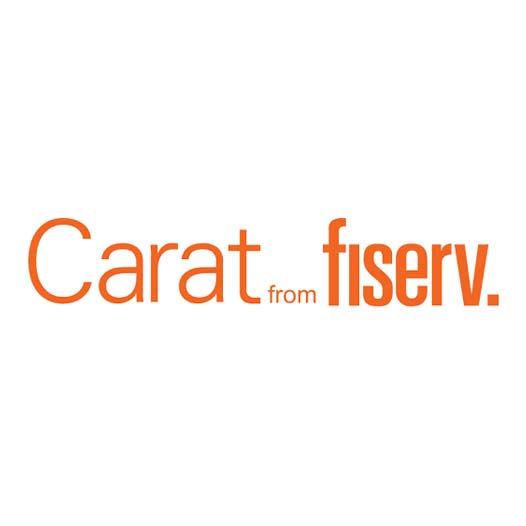

According to the criteria, the "Merchant Acquirer of the Year" Award goes to the merchant acquirer who has demonstrated success in their merchant relationships through the provision of excellent products and services.
"Fiserv won this Award for their new way of thinking about people, processes, and technology, resulting in the launch of the Carat system," said Andy Ivanis, Head of Sales & Customer Engagement at MPE.
"Fiserv deserved the award for its new approach to the commerce journey, delivering global payment opportunities across all channels, devices, and payment methods."
Fiserv is a leading global provider of payments and financial services technology solutions including the recently launched Carat omnichannel commerce operating system. Carat helps businesses drive revenue, reduce costs and grow at global scale, facilitating the delivery of a seamless customer experience through a single integrated platform. Carat has proven results with the world’s most successful brands, including enabling Aldi to launch in-store and click and collect acquiring across Europe, ExxonMobil to deliver a voice-enabled payment experience via Amazon Pay, and Selecta to offer cash-free contactless payments for self- service food and beverage solutions across 16 markets. Currently, Carat processes more than 15 billion ecommerce and 1 billion global omnichannel transactions for merchants across North America, Latin America, Europe, Middle East and Africa and Asia Pacific, spanning multiple retail verticals.
"This has been a pivotal year for Fiserv and our clients across Europe and the world, who are embracing omnichannel commerce as a new way of doing business, addressing the changing ways people want to pay while enhancing customer experience and increasing conversion," said Peter O'Halloran, Head of Enterprise & Digital Commerce for Fiserv in EMEA.
"We're proud to be named "Merchant Acquirer of the Year" for the success we've enabled our clients to achieve with the launch of Carat, which is helping merchants enable digital payments, optimize commerce, embed financial services, and scale during a time of increasingly pressing market and customer demands."
Category sponsored by:

This award will go to the provider who launched an innovative solution in the last 18 months that can demonstrate tangible benefits to merchants regarding fraud prevention, identity, or authentication (e.g., support of SCA migration). The entry must include quantifiable data to show the product's impact on its clients through use of technology (e.g., analytics, AI, biometrics, etc.). The data analytics must be relevant to the fraud area.

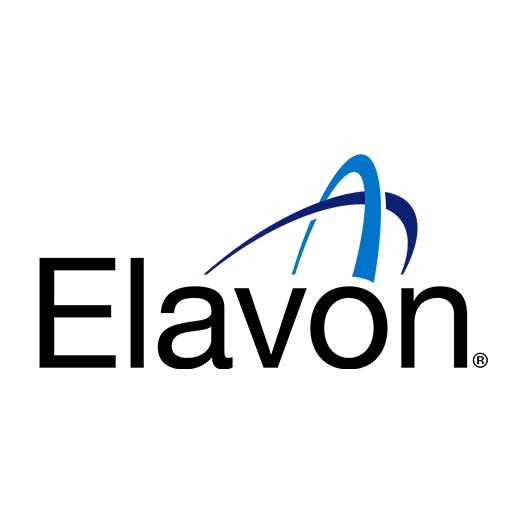


According to the criteria, the "Most Innovative Fraud/Prevention Solution” Award goes to the provider who launched an innovative solution in the last 18 months that can demonstrate tangible benefits to merchants regarding fraud prevention, identity, or authentication.
"ACI Worldwide won this Award for their field use of their patented Fraud Management Incremental Learning Technology," said Andy Ivanis, Head of Sales & Customer Engagement at MPE.
"ACI Worldwide deserved the award for their multi-tiered approach to merchant fraud and the industry-first approach to machine learning."
Incremental learning technology is integral to ACI Fraud Management and considerably enhances fraud protection for merchants and financial institutions. While traditional machine learning models need to be 're-trained' as fraud patterns change, models using incremental learning make minor adjustments on an ongoing basis, allowing the model to adapt itself in production when new behaviors are observed.
“Fraud is evolving more rapidly than ever, so the tools used to detect and prevent it need to be highly adaptable and responsive to emerging threats,” said Richard Jolly, Head of eCommerce, Fraud & Omni-Commerce, Europe, ACI Worldwide.
“Recognition at this year’s MPE Award is proof that our approach - combining modern and market-oriented adaptive machine learning with a multi-tiered fraud strategy is helping payment providers and merchants to gain the upper hand in the fight against fraud. It also reflects the tireless efforts of our fraud analysts and experts, backed by innovations from our award-winning data science team, to deliver a best-in-class solution.”
This Award goes to the company that uses Data Analytics or AI to support merchants in any way that is NOT involved in Fraud prevention. To stress, this is not about Fraud Prevention using AI/Data analytics but covers areas such as loyalty, customer engagement, customer & merchant support/service, etc. Either technology, platform, or merchants may enter the award.


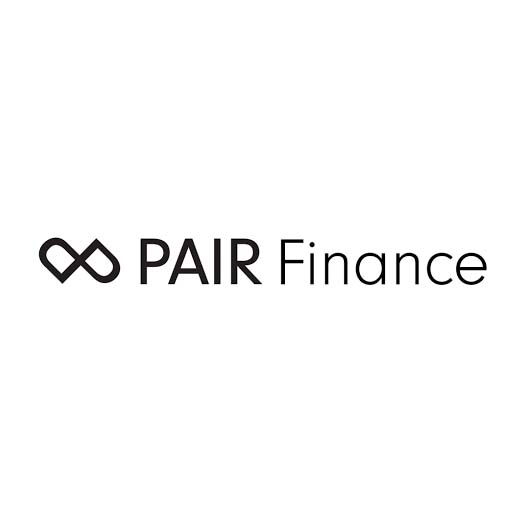

According to the criteria, the "Best Use of Data Analytics & AI" Award goes to the company that uses Data Analytics or AI to support merchants in any way that is NOT involved in Fraud prevention. To stress, this is not about Fraud Prevention using AI/Data analytics but covers areas such as loyalty, customer engagement, customer & merchant support/service, etc.
"PAIR Finance collected this Award for their unique, AI-based debt collection technology, which motivates overdue clients to pay their outstanding amounts without negatively affecting the customer relationship," said Andy Ivanis, Head of Sales & Customer Engagement at MPE.
PAIR Finance intends to change the debt collection industry with the help of artificial intelligence, behavioral analytics and data science, introducing consumers and business clients to a completely new debt collection experience. With its AI technology the fast- growing fintech creates a real USP in financial processes, showing decision-makers how they can give their organization a real boost in the digitization.
"This recognition is another milestone achievement, proving our unique commitment to develop cutting-edge AI technology to help our 350 european enterprise customers transform their debt collection process and provide market leading technology," said Stephan Stricker, Founder and CEO of PAIR Finance.
"Our AI-powered collections service delivers an immediate increase in recovery across all industries while enabling companies to safeguard their customer relationship and helping consumers to manage their finances in a personalized and self-determined way. I'm very proud to accept the prestigious MPE award on behalf of all my hard-working colleagues at PAIR Finance."
This award is for a payments provider that supports cross-border e-commerce expansion (globally or in multiple high-growth markets) at scale while optimizing authorization rates and reducing fraud.




According to the criteria, the "Best Cross-Border Merchant Solution" Award goes to the payments provider that supports cross-border e-commerce expansion (globally or in multiple high-growth markets) at scale while optimizing authorization rates and reducing fraud.
"PayU won this Award for the simplicity and user-friendliness of their PayU Hub solution," said Andy Ivanis, Head of Sales & Customer Engagement at MPE.
"Their global payment platform allows merchants to accept payments in any country, with top expertise across 50+ emerging markets, while enabling a wide range of payment optimisation and security features via a single API."
The PayU Hub facilitates quick and easy cross-border payments by bridging the gap between local and global payments. It allows merchants across over 50 emerging markets to streamline and consolidate all aspects of the payment stack into one, customizable payment platform.
"We are proud to be recognized as the leading solution for cross-border payments by the MPE Awards. It confirms our commitment to adding value for global merchants who use our all-in-one payment platform to expand beyond national borders,” said David Sebel, Head of Commercial Excellence, PayU
“Our innovative global payments solutions are trusted daily by more than 450,000 merchants worldwide, enabling our customers to reduce cost, time to market, and increase approval rates. More than anything, our local expertise on the ground genuinely helps our global cross-border merchants understand and tap into the local potential and consumer segments, helping them grow their online business faster.”
“With a proven track record in +50 emerging markets across Asia, Central and Eastern Europe, the Middle East, Africa, and Latin America, we partner with merchants that have seen increases in their incremental sales. After working with us to optimize their payments strategy, their approval rates rose by 20-30%. Our mission to help online businesses grow continues, and this award confirms that working with partners that help drive profitability is key for merchants across the globe."
This award will go to the organization that has developed the most innovative in-store payment acceptance solution that provides value and differentiation for merchants and a great payments experience for customers.

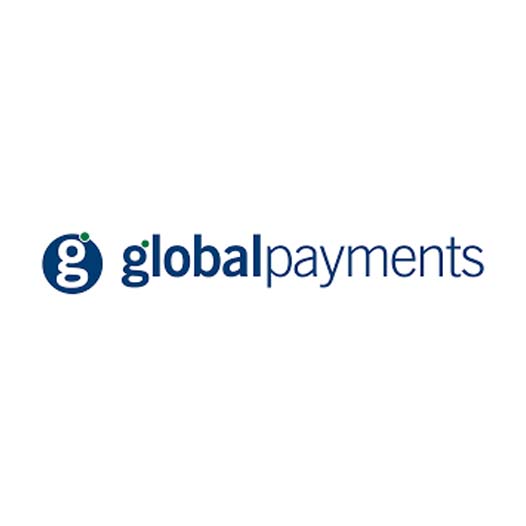


According to the criteria, the "Best In-Store Payments Solution" Award goes to the organization that has developed the most innovative in-store payment acceptance solution that provides value and differentiation for merchants and a great payments experience for customers.
"Global Payments received this Award for their GP Tom app, a revolutionary application that allows merchants to accept cards and cryptos with a mobile phone," said Andy Ivanis, Head of Sales & Customer Engagement at MPE.
GP tom is the only application that allows merchants to accept card and crypto payments on their mobile devices. The app turns a mobile phone into a payment terminal that accepts card and crypto payments so that small business owners do not need to obtain a traditional payment terminal anymore. The GP Tom App is especially suited for smaller shops and restaurants, market vendors, doctors, vets, couriers, taxi drivers, car and boat rentals, and other businesses requiring mobile card acceptance. No additional devices are needed. The app is also eco-friendly because it does not generate any paper receipts. All receipts are issued electronically by scanning a QR code or sent via SMS or email.
"Our recognition by the MPE Awards means that we are going in the right direction and changing the market for the better with our products," said Radovan Bryx, Head of Innovation at Global Payments.
"Our extensive efforts and investments in new products & features and innovation during the COVID era are positively perceived by our customers and industry experts."
This award is open to PSPs, ISOs, Facilitators, Aggregators, Payments Orchestrators, PAAS Providers & Acquirers and will go to the provider who can demonstrate real benefits to merchants either in terms of omnichannel or multi-rail payment acceptance service provision facilitation, open banking, payment orchestration, embedded finance, innovative commercial constructs, or other demonstrable and quantifiable merchant benefits (fraud reduction/chargebacks).




According to the criteria, the "Best Merchant Payment Acceptance Provider" Award goes to the provider who can demonstrate real benefits to merchants either in terms of omnichannel or multi-rail payment acceptance service provision facilitation, open banking, payment orchestration, embedded finance, innovative commercial constructs, or other demonstrable and quantifiable merchant benefits (fraud reduction/chargebacks).
"Checkout.com deserved this Award for the quality of service delivered to their clients, thanks to their in-house built infrastructure and fully-owned and controlled technology stack," said Andy Ivanis, Head of Sales & Customer Engagement at MPE.
Checkout.com is a global payment solution that helps businesses and their communities thrive in the digital economy. Purpose-built with performance, scalability, and speed in mind, their modular payments platform is ideal for enterprise businesses looking to integrate better payment solutions seamlessly.
Category sponsored by:

This category awards two organizations who have formed a business partnership and, by working closely together, have delivered outstanding value that goes far beyond a customer-supplier relationship.
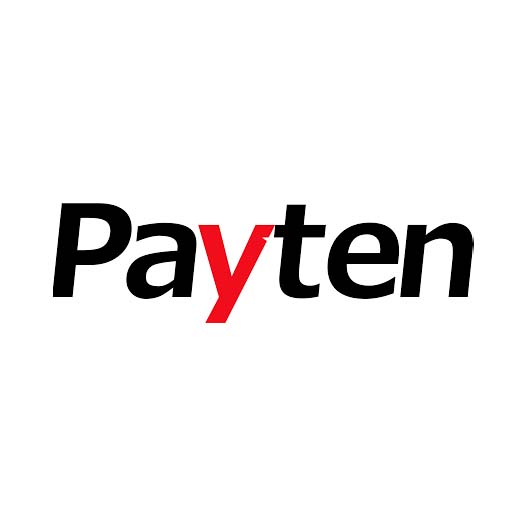
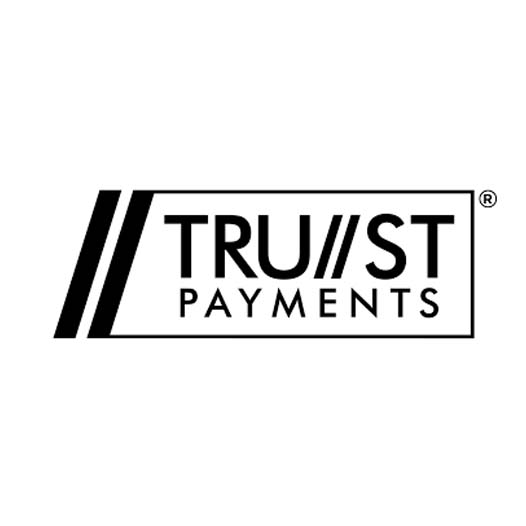

According to the criteria, the "Best Payments Partnership" awards up to two organizations who have formed a business partnership and, by working closely together, have delivered outstanding value that goes far beyond a customer-supplier relationship.
“Paratika Payment Systems got this Award for their Turkey’s first ever equity-based crowdfunding project, working beyond the payment infrastructure and offered in both
the local and global markets," said Andy Ivanis, Head of Sales & Customer Engagement at MPE.
Paratika is the payment facilitator company of Payten certified by the Central Bank of Turkey. Payten is a R&D-based payment systems company and a member of the Asseco Group, the 6th largest software company in Europe with nearly 30000 employees and operations in 60 countries. Paratika having achieved 300% growth in 2021, offers B2C and B2B online payment acceptance solutions, including marketplace payment infrastructure.
This award will go the organization offering the best, most comprehensive, most useful platform or marketplace supporting merchants or other players in the merchant payments ecosystem such as banks, PSP, service providers, consumers with solutions in any area of the ecosystem.




According to the criteria, the "Best Platform / Marketplace Provider" Award goes the organization offering the best, most comprehensive, most useful platform or marketplace supporting merchants or other players in the merchant payments ecosystem such as banks, PSP, service providers, consumers with solutions in any area of the ecosystem.
"Parkopedia got this Award for their integrated in-car payment platform, aggregating multiple suppliers and payment providers into one API," said Andy Ivanis, Head of Sales & Customer Engagement at MPE.
Parkopedia is the leading connected car services provider used by millions of drivers and organizations such as Audi, Apple, BMW, Ford, Garmin, GM, Hyundai Kia, Jaguar Land Rover, Mercedes-Benz, Peugeot, Sygic, TomTom, Toyota, Volkswagen, and many others. Parkopedia helps drivers find and pay for parking, EV charging, fuelling, and tolls in 15,000 cities across 89 countries. Parkopedia is also developing highly detailed parking maps and corresponding algorithms to help drivers and self-driving vehicles navigate to an open parking space indoors.
"We are honored to have won the 'Best Platform/Marketplace Provider' for our In-Car Payment Platform at the 2022 Merchant Payments Ecosystem Awards. This award embodies the team's hard work and dedication that has gone into making the multi-domain Platform what it is today," said Eugene Tsyrklevich, Founder and CEO of Parkopedia.
"We are truly committed to creating an effortless payment experience for drivers that compliments their journeys without adding any unnecessary layers of friction, and we look forward to the continued rollout of the Parkopedia Payment Platform into new vehicles around the world."
This award will go the organization offering an exceptionally flexible, functional, and innovative CRYPTO/BLOCKCHAIN-based solution for payments or other uses in the merchant payments ecosystem.




According to the criteria, the "Best Use of Crypto / Blockchain in Merchant Payments Ecosystem" Award goes to the organization offering an exceptionally flexible, functional, and innovative CRYPTO/BLOCKCHAIN- based solution for payments or other uses in the merchant payments ecosystem.
"Orbital received this Award for their multi-blockchain stablecoin support accompanied by a provision of FIAT multi-currency IBAN offered to all merchants," said Andy Ivanis, Head of Sales & Customer Engagement at MPE.
Orbital bridges the gap between traditional and digital asset treasury solutions, building innovative financial tools for multi-national corporates. Multi-currency accounts, powerful international payments and FX, digital asset vaults, trading and liquidity and crypto- commerce C2B payments. All through one interface - the Orbital platform.
"We’re so proud to receive this award from the payment industry’s most respected event, the MPE. This just serves as such great validation that, what we’re building at Orbital, not only solves a real world problems for global merchants, but is innovative and leading in the crypto space," said Luke Wingfield Digby, Orbital’s Co‐founder & Chief Innovation Officer.
"We’re extremely proud of our team and what they’ve built. Orbital is excited to be enabling the next wave of global businesses to accept and handle crypto."
Orbital, the Winner in the Category: BEST USE OF CRYPTO/ BLOCKCHAIN IN THE MERCHANT PAYMENTS ECOSYSTEM received first ever NFT Art (Metaverse is here) specially created for MPE2022 Awards by Zuzana Mokos, a Slovak artist creating NFT Arts
It is awarded to the company that best uses open banking data or a payment initiation solution that drives end-user payments to or from merchants. Includes enabling loans at the point of sale and all account-to-account payments.




According to the criteria, the "Best Use of Open Banking For Payments” Award goes to the company that best uses open banking data or a payment initiation solution that drives end- user payments to or from merchants. Includes enabling loans at the point of sale and all account-to-account payments.
"Trustly collected this Award for their bank payment solution, offering multiple benefits to e- commerce merchants and PSPs, including seamless payment and authentication process, rapid settlement of payments, fast refunds, and a simplified collection of cross-border payments," said Andy Ivanis, Head of Sales & Customer Engagement at MPE.
Trustly’s digital account-to-account platform redefines the speed, simplicity and security of payments, letting consumers pay merchants directly from their online bank accounts. Trustly can handle the entire payment journey, setting us apart from the competition and enabling us to offer an attractive alternative to the traditional card networks at a lower cost.
“We are extremely proud that Trustly has won the award for Best Use of Open Banking Payments at Merchant Payments Ecosystem. This award is reflective of the hard work by every team at Trustly and we are honoured that this was recognised by the prestigious jury,” said Ciaran O'Malley, Vice President of Financial Services & Ecommerce at Trustly.
“We pride ourselves on building industry leading solutions and on enabling our merchants and partners in achieving their goals. Thank you MPE for the award- we are very excited about the future."
Category sponsored by:

This category is awarded by the chairman and co-chairman and its theme is different every year. For 2022, the Chairman Award will go to the organization which, on its own or in partnership with others, has delivered the best merchant initiative in support of the 3rd sector.
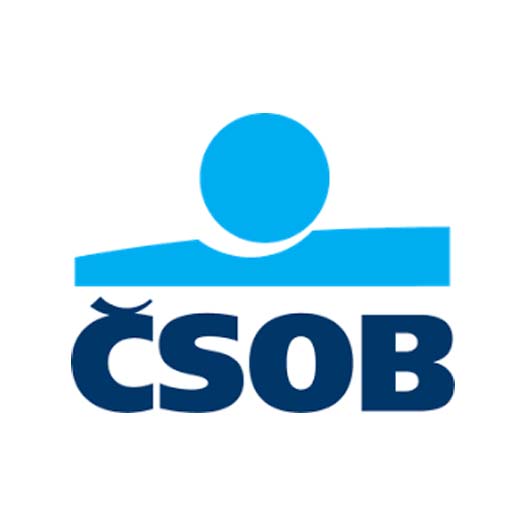



According to the criteria, the "Best Non-Profit / Charities Initiative" Award goes to the organization that, on its own or in partnership with others, has delivered the best merchant initiative in support of the 3rd sector.
"Pennies collected this Award for their success in enhancing the effectiveness of the charity sector and for encouraging and promoting the importance of charitable giving," said Andy Ivanis, Head of Sales & Customer Engagement at MPE.
Pennies make giving a few pennies to charity when shopping and socializing simple, data- free, quick - and crucially affordable. With society going increasingly cashless or "less cash" - and personal and household budgets being squeezed by spiraling energy and food costs, Pennies is perfectly placed to offer consumers the chance to give small digital donations in affordable and multi-channel ways. Pennies allow the public to give back without breaking the bank.
"From everyone at Pennies, we want to say an enormous "Thank you" to the judges for the Chairman's award for Best Non-profit/Charities Initiative at this year's Merchant Payments Ecosystem Awards. This award is recognition of the wonderful collective effort of our staff and many Pennies' Partners, from payments technology companies to merchants and their customers, who have so generously donated," said Peter Nugent, Director of Finance at Pennies.
"Micro-donations really can change the world, and as over 145 million individual donations testify, there is a huge demand and response from customers for this affordable way of giving, particularly suiting peoples' lifestyles and desire to continue to help those less fortunate than themselves."
To be awarded to the individual (or team) who has provided a significant contribution to the development of the Merchant Payments Ecosystem either on a domestic or international basis.
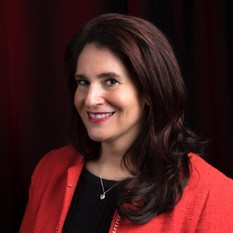
According to the criteria, the "MPE Influencer of the Year" Award is to be awarded to the individual (or team) who has provided a significant contribution to the development of the merchant payments ecosystem either on a domestic or international basis.
"Candice collected this Award for the leading role she takes in setting the direction for her organisation to deliver better outcomes for merchants.She is an inspiration to the payments industry professionals,” said Andy Ivanis, Head of Sales & Customer Engagement at MPE.
Candice is a Payments Fraud and Data Security ambassador in the industry and a Commercial Program Leader specializing in P2PE, Tokenisation, and Transaction Risk Analysis. Her rare blend of subject matter expertise (encompassing personal and payment data security, legal, fraud, and compliance), program and process management skills, combined with an emotionally intelligent, creative, collaborative, and supportive approach. Candice delivers market-leading solutions by having a holistic vision of what success means for both the customer and Elavon. She is passionately engaged in knowledge sharing through mentoring, industry panels, workshops, and merchant briefings.
“To receive the recognition of my peers and be named MPE Influencer of the Year is an absolute honour, and a high point in my career,” said Candice Pressinger, Director of Customer Data Security and Fraud at Elavon Merchant Services.
“I’m passionate about helping customers and bringing innovative solutions to the market, and I hope to inspire others to reach their goals by being passionate and active in the payments industry and giving and getting in equal measure. I also hope it shows others that women have a place in the payments industry, where they can have an amazing career and be part of a community that lifts each other, because we are an amazing network and industry.”